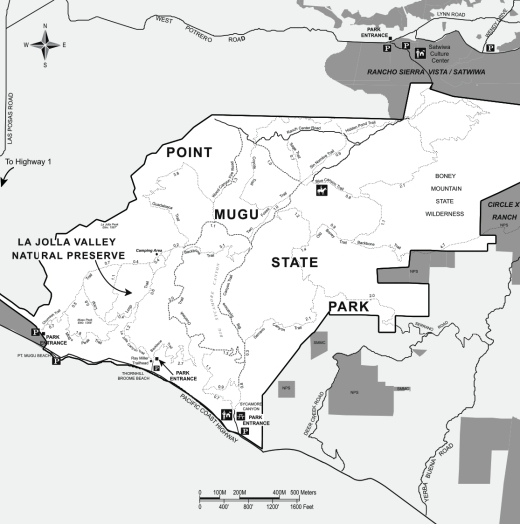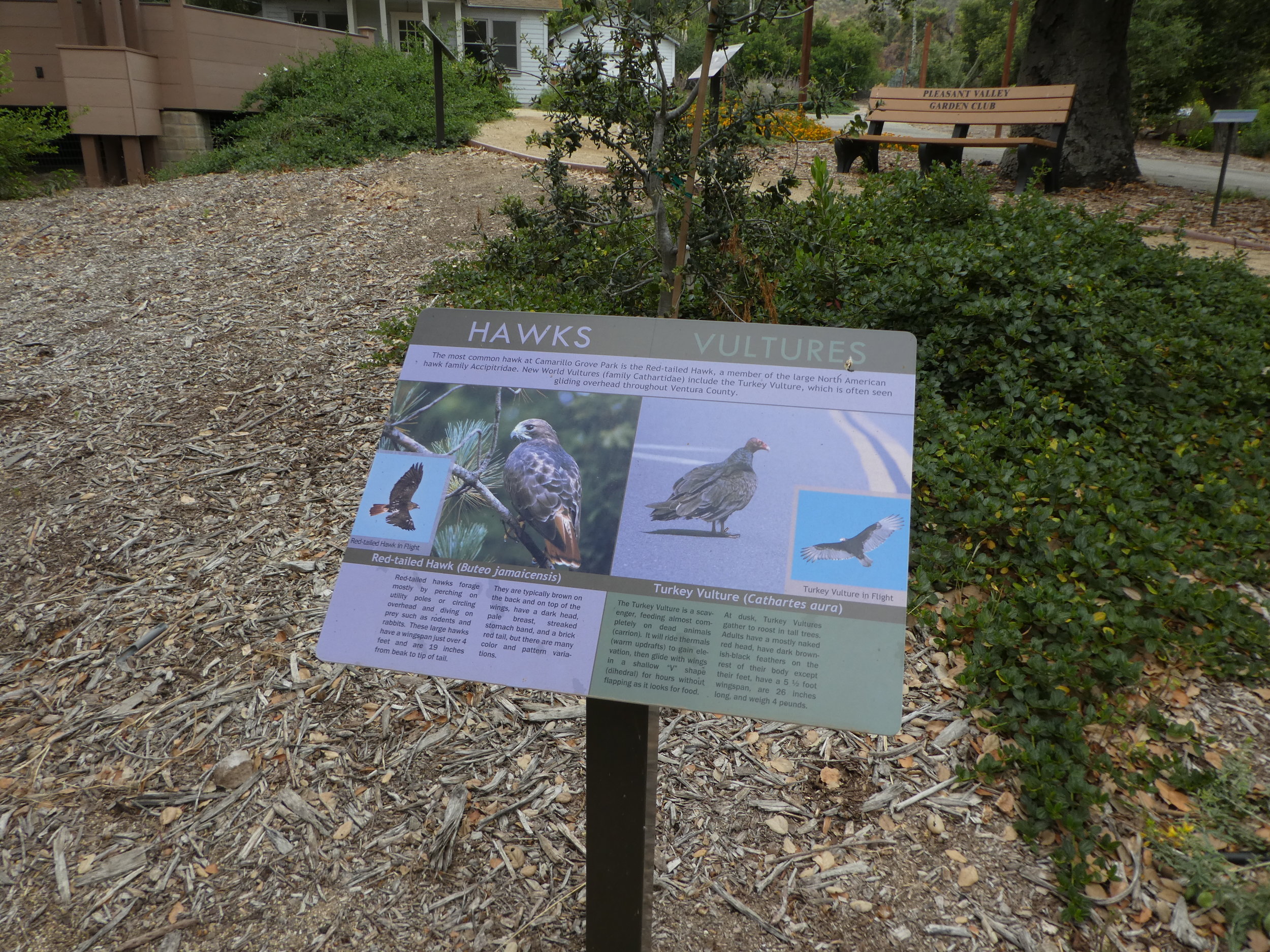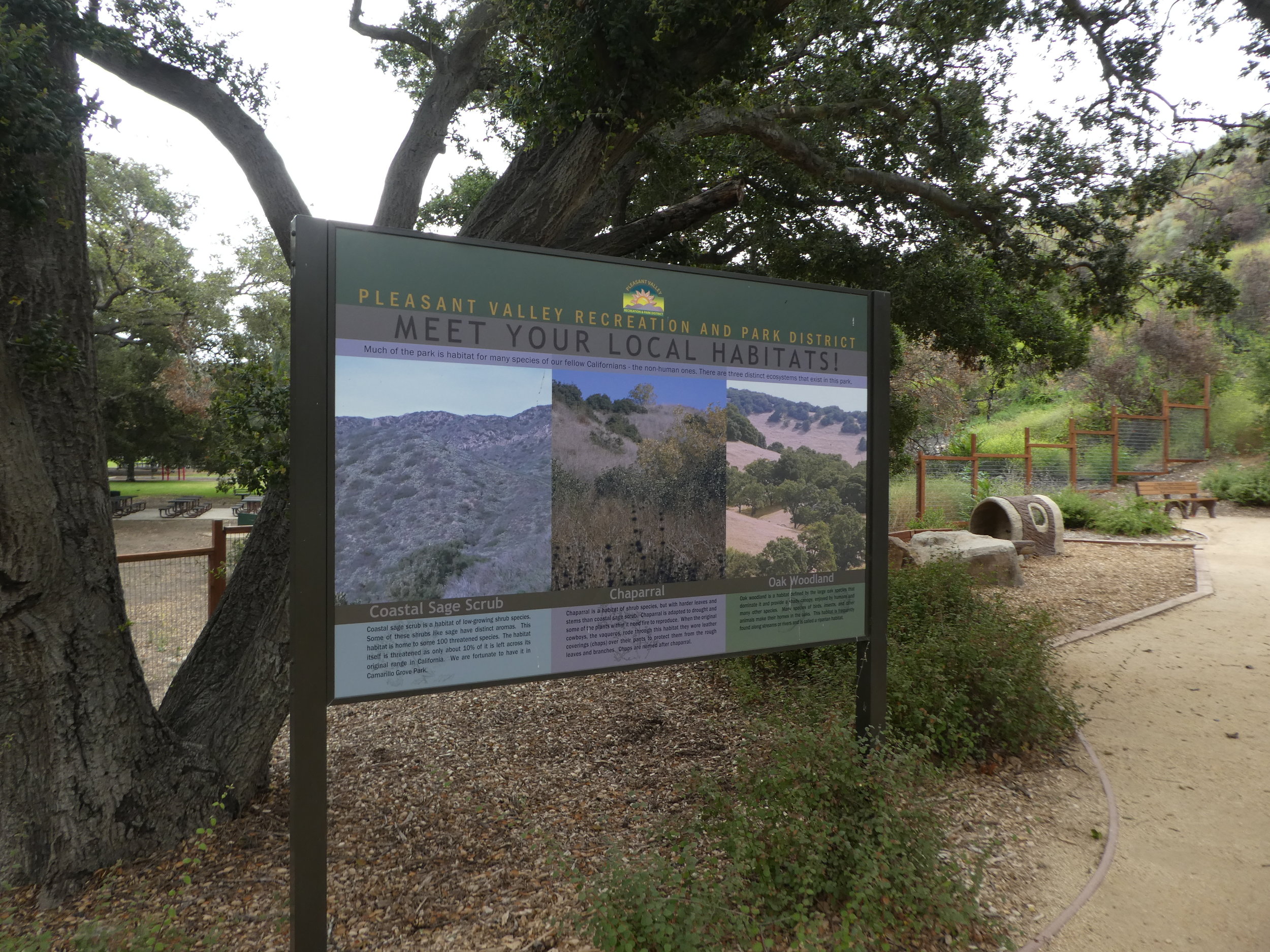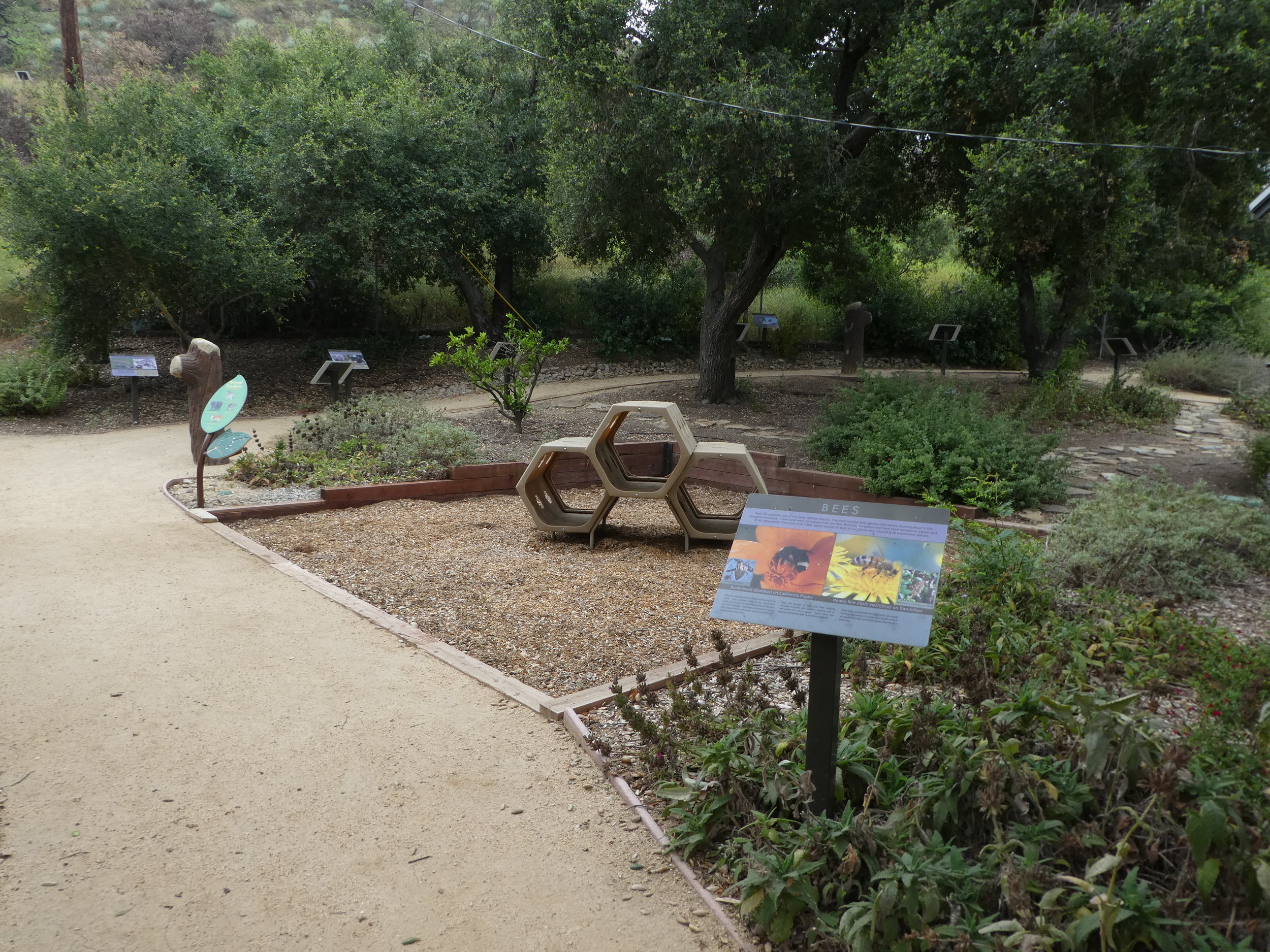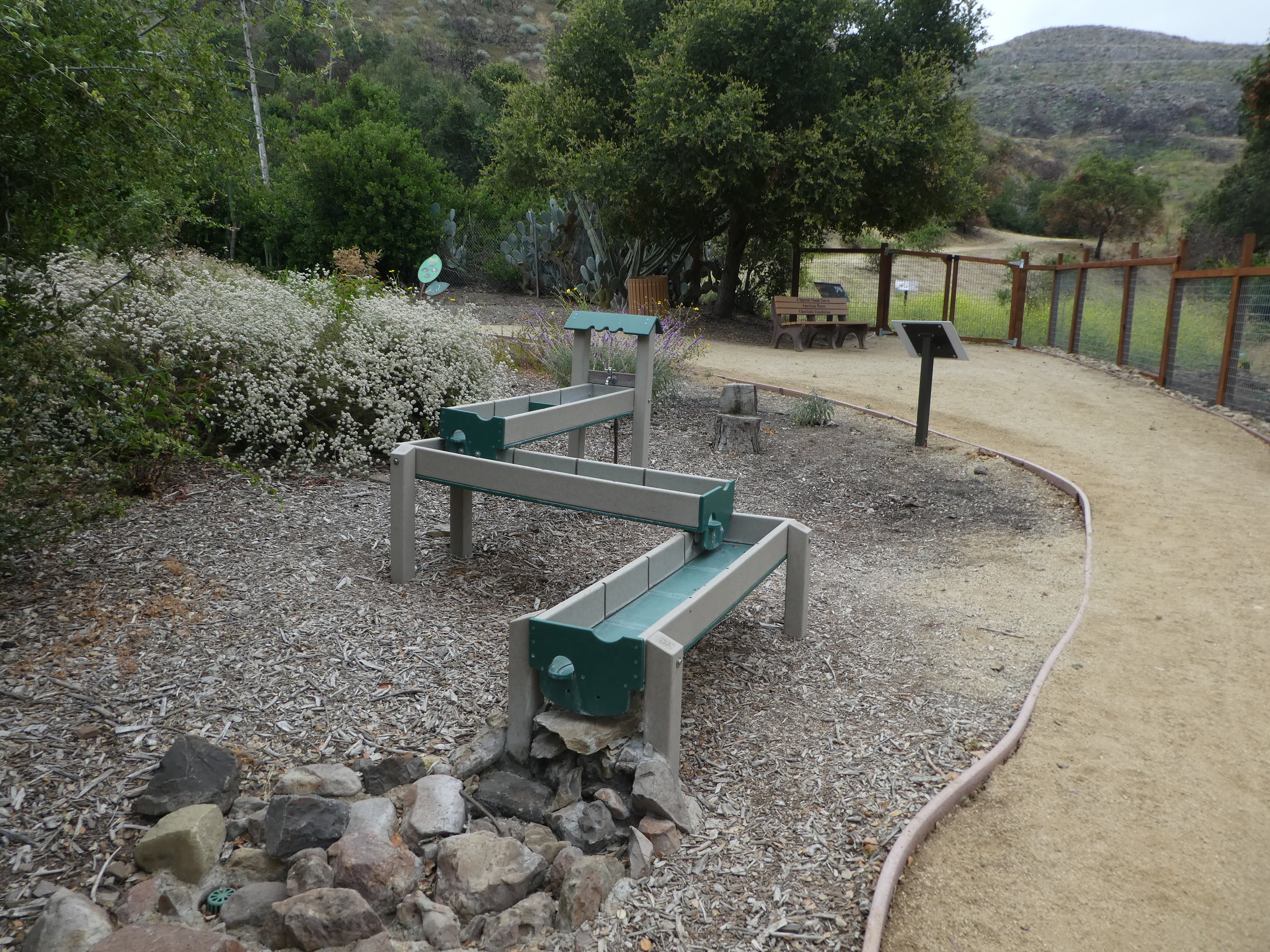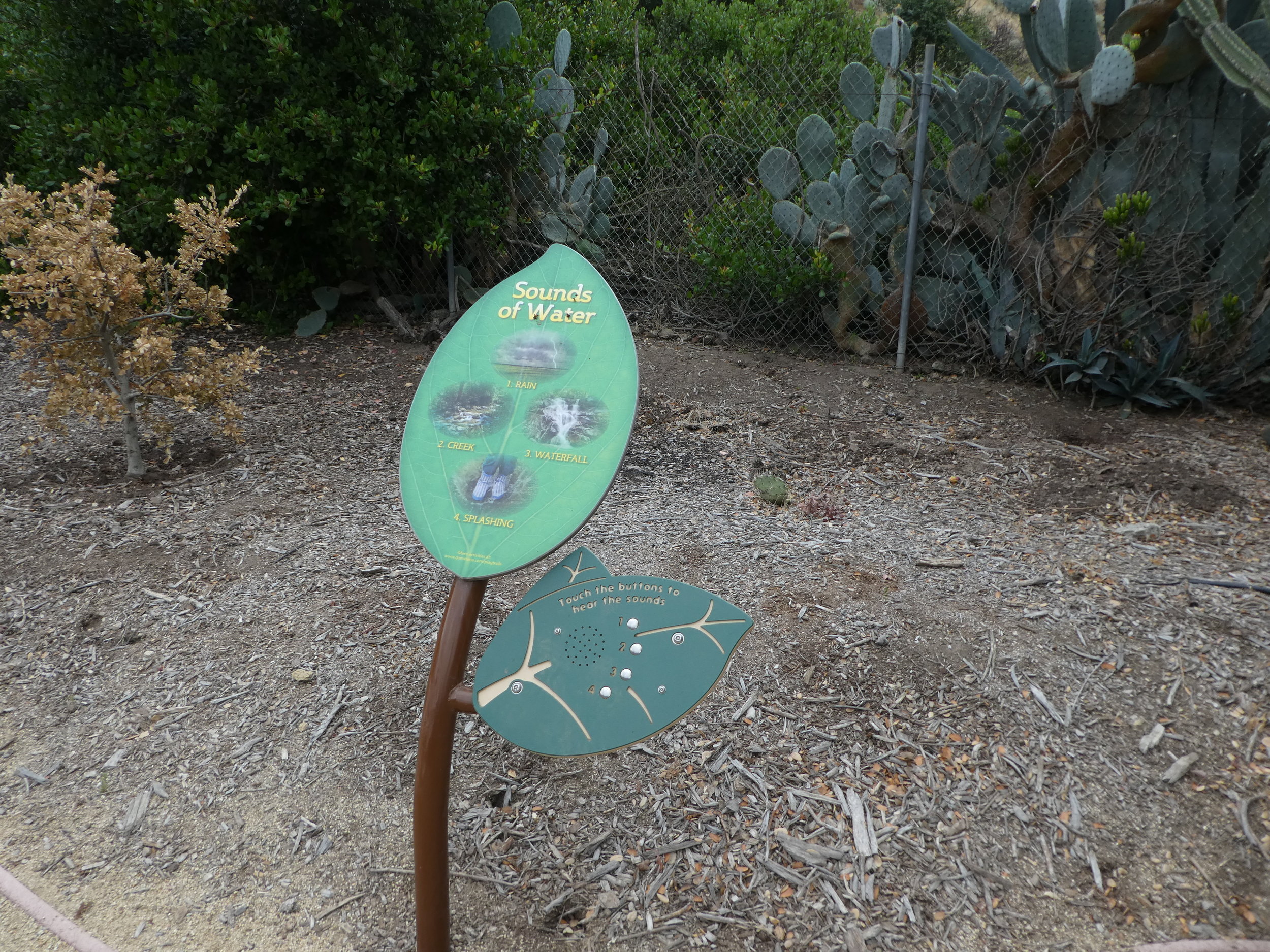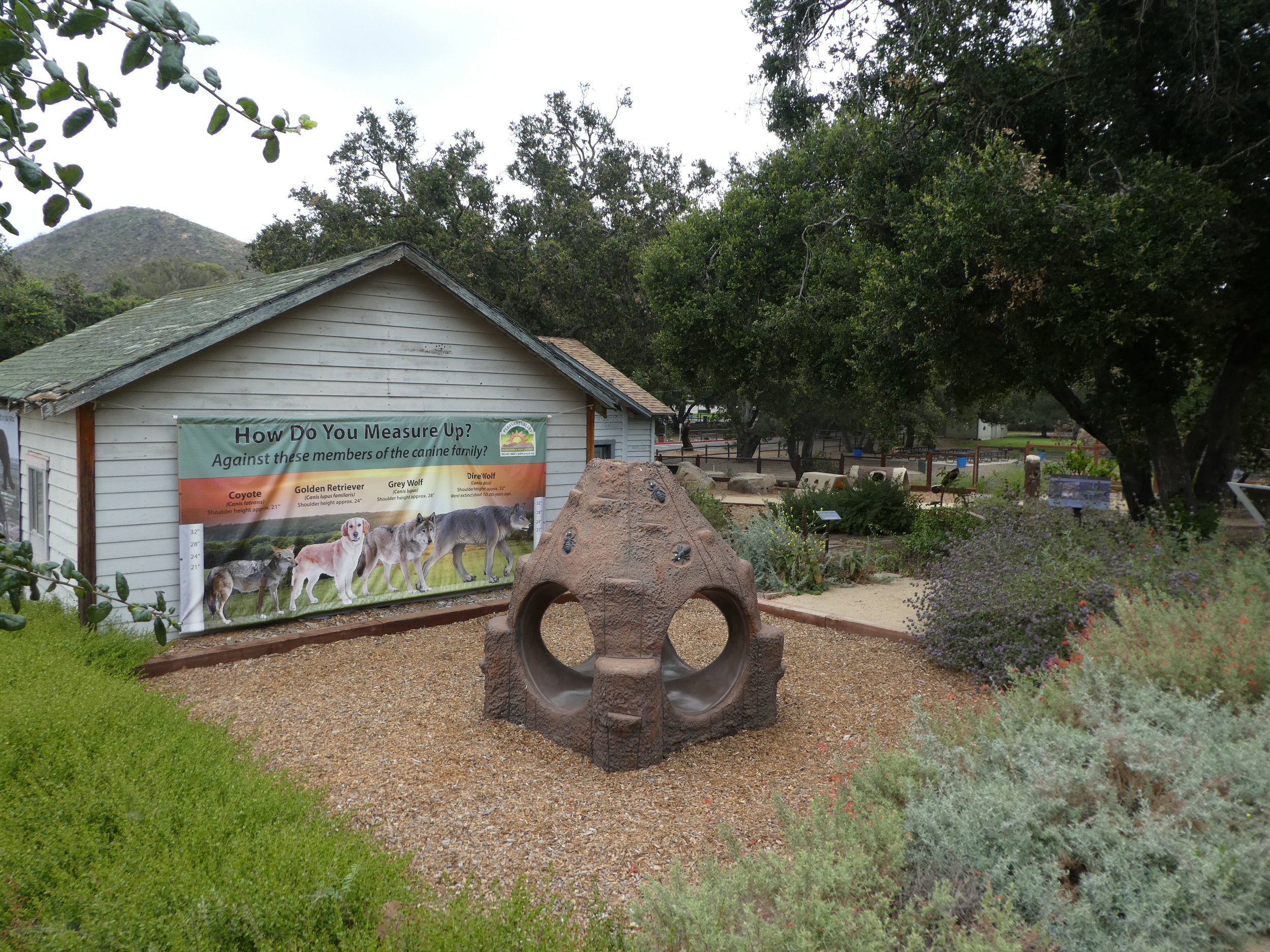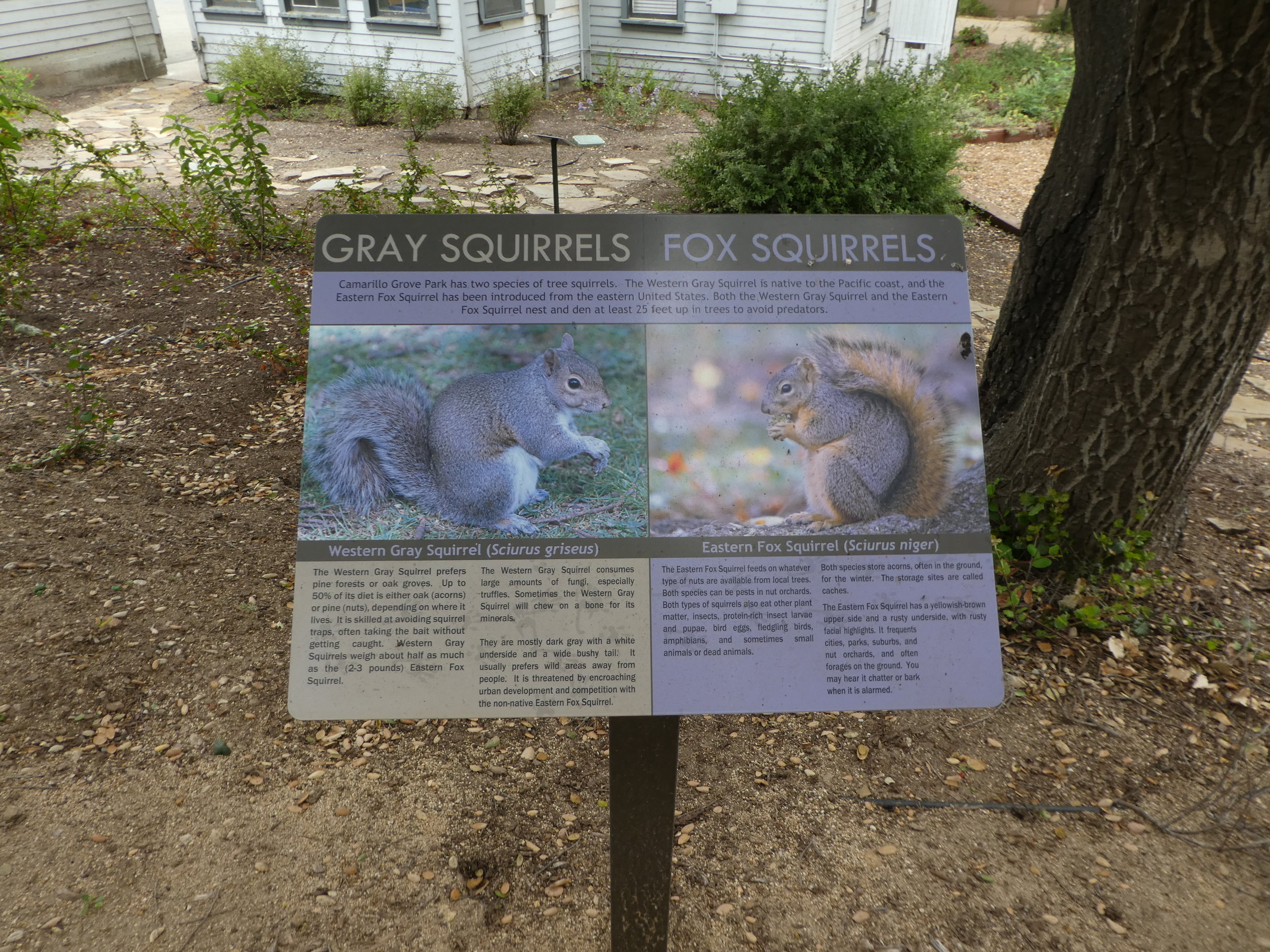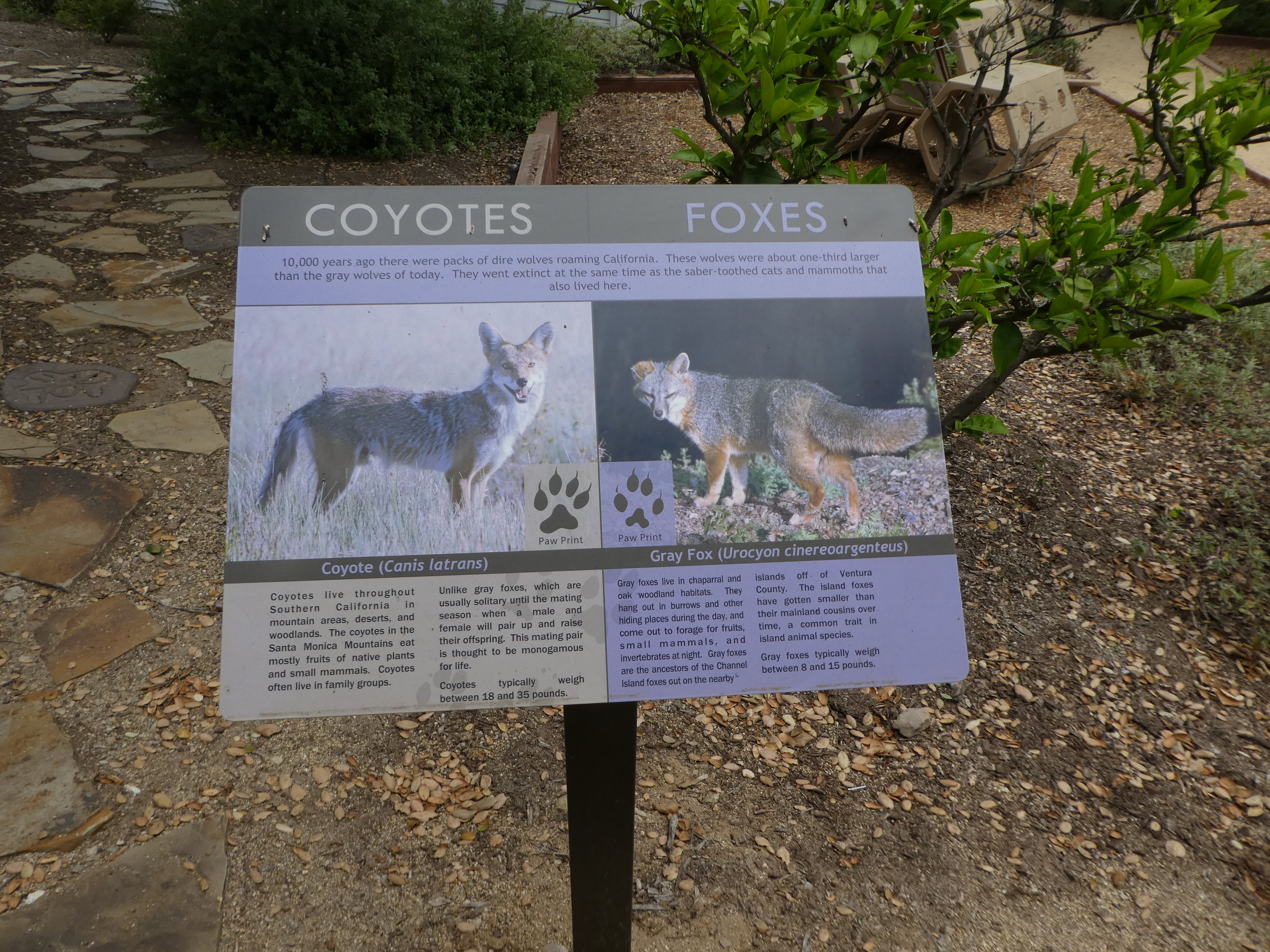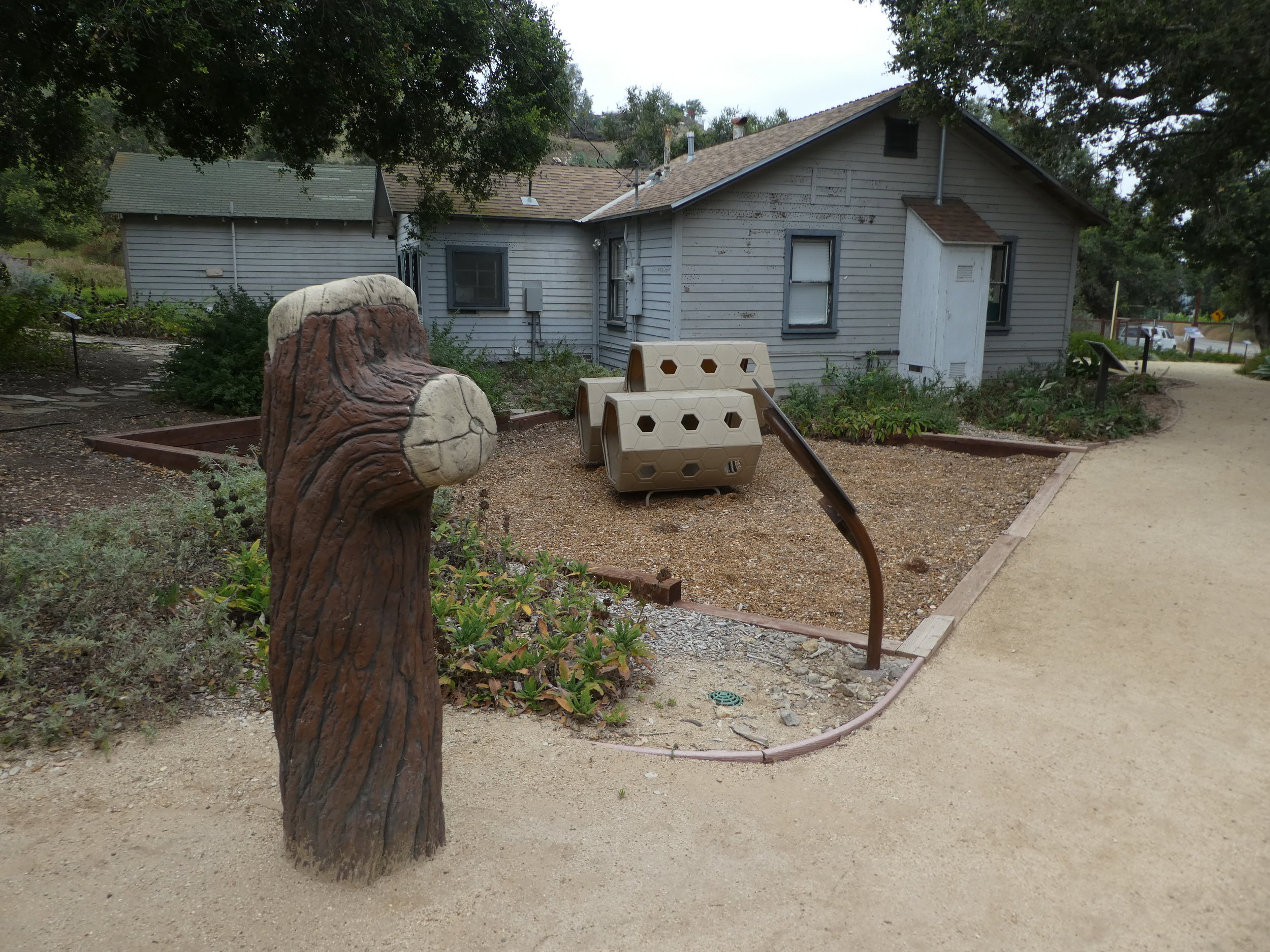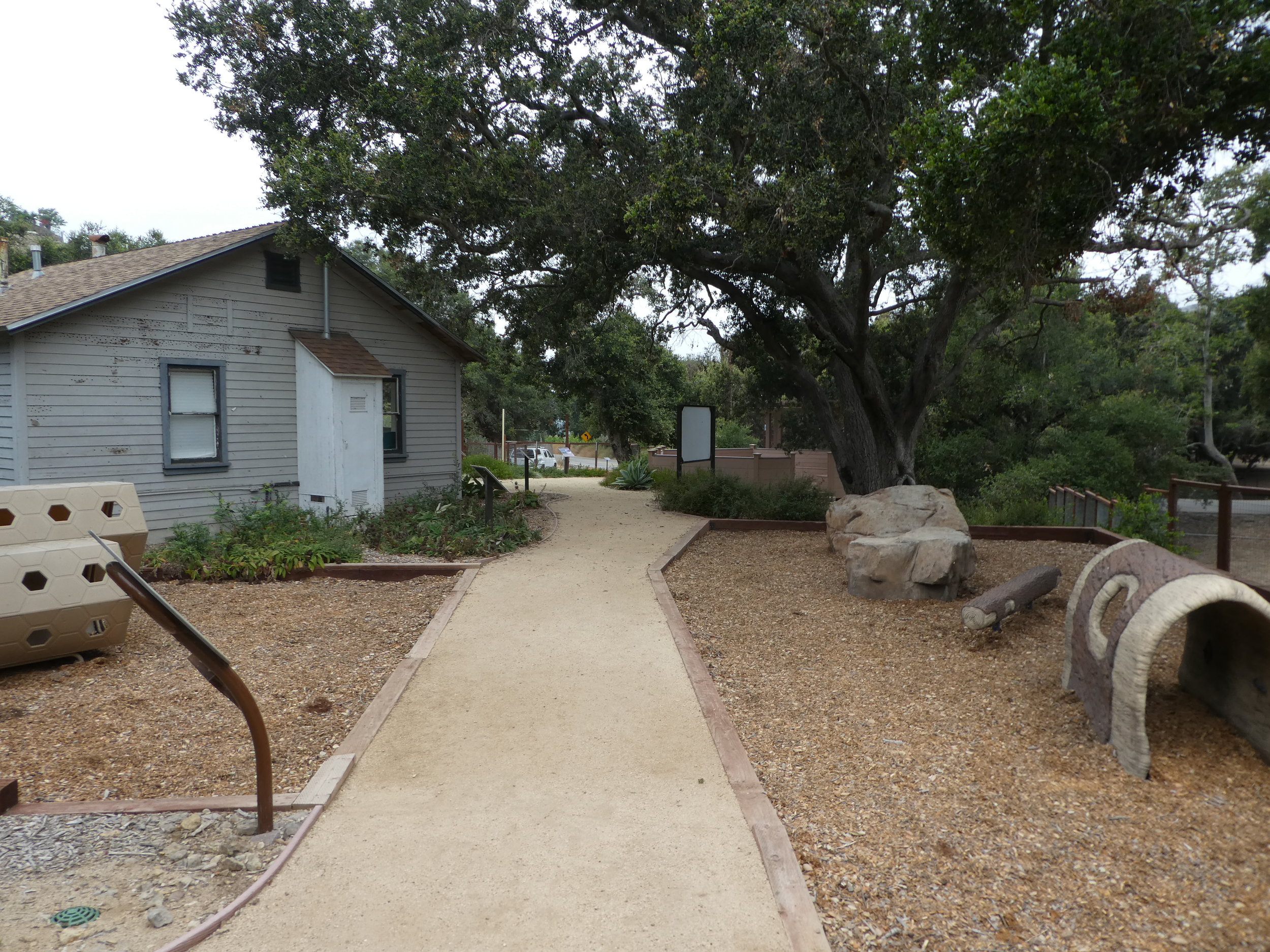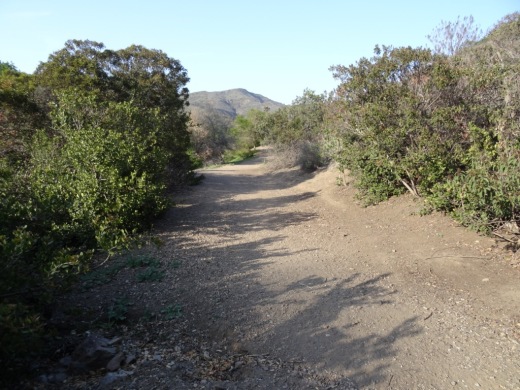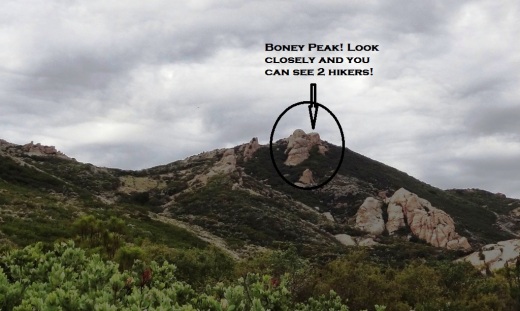Oak Creek Canyon Loop Trail in Thousand Oaks
/The Oak Creek Canyon Loop Trail is about a mile hike that is great to do with the kids near the Los Robles Trail in Thousand Oaks.
Get there by taking Moorpark Road south of the 101 until it ends at Greenmeadow Avenue. Turn right and drive about half a mile to the parking lot.
Signs along the Oak Creek Canyon Whole Access Interpretative Trail are in braille.
The first .4 mile section of trail is called the Oak Creek Canyon Whole Access Interpretive Trail and is a mostly shaded oak grove area that is accessible by all, including equestrians, bicycles, hikers, wheelchairs, disabled and blind individuals. There is actually a "guide cable" along the fence as well as informational signs in braille.
One of three picnic benches along the Interpretive Trail.
There is a restroom, drinking fountain and picnic bench at the trailhead as well as two other picnic tables and a bench on this portion of the trail. There is also abundant poison oak on the sides of the trails, so be careful to stay on the trail.
At the end of the Interpretive Trail section of the loop, you reach a well maintained dirt trail through the chaparral that is a bit more challenging and ok for most kids. There's a few moderate hills to be aware of, making it somewhat of a challenge with a stroller but in my opinion, a do-able challenge. And of course, you can always turn around and take the Interpretive Trail back.
The loop trail continues on the left.
One of the moderate hills on the trail.
You go about .4 mile back towards Greenmeadow. Before you get to the street you will see a bench on the west side of the trail. Do be aware that there is no sidewalk on this section of Greenmeadow as you walk back towards the parking area. More information and a map available on the Conejo Open Space Foundation website at www.cosf.org/website/html/oak-creek-canyon.html.
































